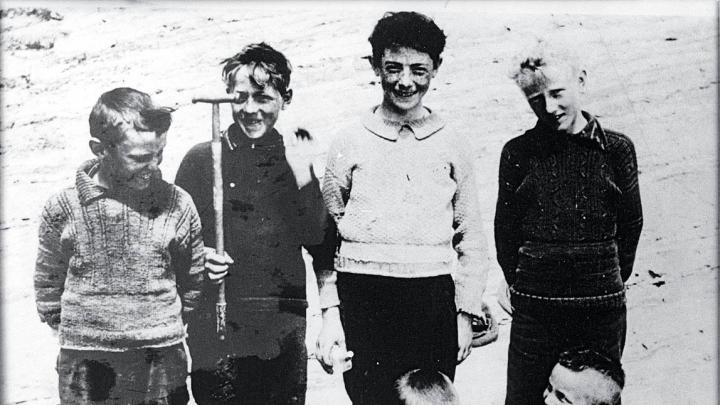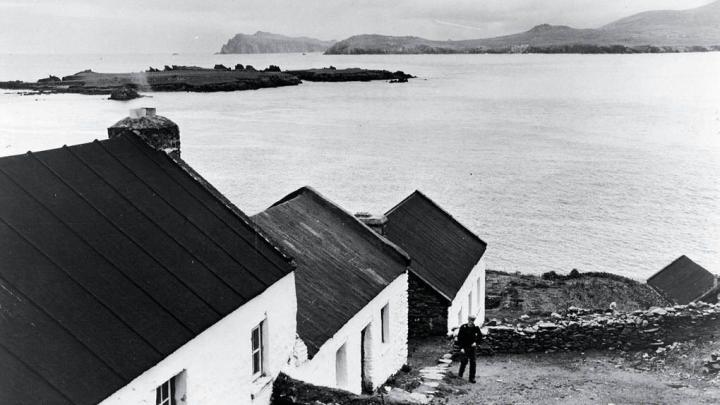The Princeton Guide to Evolution, editor in chief Jonathan B. Losos, Lehner professor for the study of Latin America and professor of organismic and evolutionary biology (Princeton, $99). A massive reference guide to what Losos, the Museum of Comparative Zoology’s curator in herpetology (a lizards guy), describes as “a golden era of evolutionary study.” Too much to spend for the Intelligent Design proponents on your birthday list.

Jonathan Swift: His Life and His World, by Leo Damrosch, Bernbaum research professor of literature (Yale, $35). A big, but brisk, new biography, with nearly 100 illustrations, exploring what is known, and what remains mysterious, about Gulliver’s creator. Damrosch has previously written, to acclaim, about Rousseau and Tocqueville.
The Call of Character: Living a Life Worth Living, by Mari Ruti, Ph.D. ’00 (Columbia University Press, $25). The University of Toronto professor of critical theory addresses “what makes each of us a unique and idiosyncratic character” without succumbing to New Age sloganeering, resorting to “deliberately lucid prose” that she terms “my little act of defiance.”
The Problem of Slavery in the Age of Emancipation, by David Brion Davis, Ph.D. ’56 (Knopf, $30). The concluding volume in the magisterial trilogy on slavery in Western culture by the Sterling Professor of history emeritus at Yale. Davis published the first installment in the 1960s; it and the second volume between them won a Pulitzer Prize, National Book Award, and Bancroft Prize, and set the parameters for studying slavery across the academy.
Light and Dark, by Natsue Soseki, translated by John Nathan ’61, JF ’70, Ph.D. ’74 (Columbia, $35). A meticulous version of the unfinished last work by Soseki, who “endured the transformation of Japan” during his lifetime (1867-1916), according to Nathan, and so created the modern Japanese novel. Nathan, a biographer of Yukio Mishima and now Takashima professor of Japanese cultural studies at the University of California, Santa Barbara, says the “minutely observed and unsparing” work is a “landmark” in Japanese fiction.
Old Fields: Photography, Glamour, and Fantasy Landscape, by John R. Stilgoe, Orchard professor in the history of landscape (University of Virginia Press, $34.95). In another of his wide-ranging explorations—here, from I Dream of Jeannie to voodoo—the author (profiled in “Safari on a City Street,” January-February 1996, page 36) examines portrayals of glamour through photography, among other queries.
Making the American Body, by Jonathan Black ’65 (University of Nebraska, $27.95). Glamour, of a different sort: the icons of the fitness biz, from Atlas (Charles) to Schwarzenegger, by a former managing editor of Playboy. Complete with a Harvard Medical School anecdote on the “Roxbury Hercules.”
The Heathen School: A Story of Hope and Betrayal in the Age of the Early Republic, by John P. Demos ’59, G ’68, RI ’07 (Knopf, $30). Another in a series of highly original works on early America—this time, about a Cornwall, Connecticut, school to “civilize” young “heathens” from around the world—by the Knight professor of history emeritus at Yale.

Romania’s Abandoned Children, by Charles A. Nelson III, professor of pediatrics, Nathan A. Fox, Ed.D. ’75, and Charles H. Zeanah (Harvard, $29.95). Nelson and colleagues from the University of Maryland and Tulane report—with scientific rigor and dismaying detail—on the devastating effects institutionalized children suffered, intellectually and emotionally, compared to peers in foster and home care.
From the Great Blasket to America, by Michael Carney with Gerald Hayes, Ed.M. ’70 (Collins Press, $22.95 paper). Aided by his son-in-law, the oldest living native of the Blasket Islands (off Ireland’s Dingle Peninsula) recalls how its people were resettled to the mainland, and, from the vantage of his present home in America, his memories of island life before World War II, and his life since.









